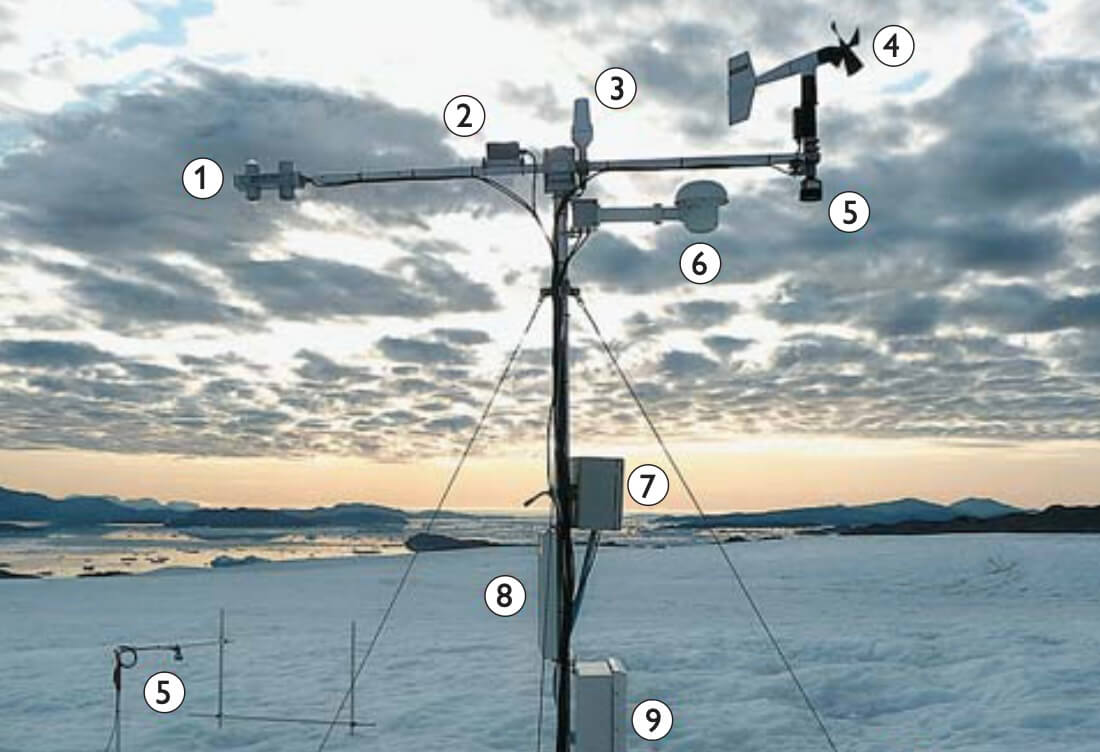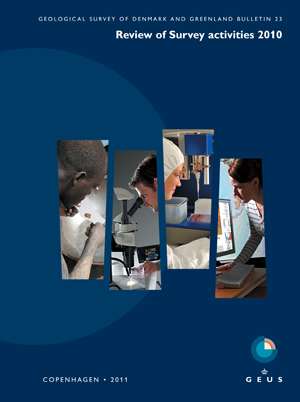
How to Cite
Share
Abstract
The Greenland ice sheet is reacting to climate change. Yet, mass-budget estimates differ considerably, partly due to climatic variability and partly to uncertainties in the techniques of assessing mass change (IPCC 2007). Nevertheless, all recent estimates agree that the ice sheet is losing mass (e.g. 286 Gt/yr; Velicogna 2009) at an accelerating rate (Rignot et al. 2011). On top of this, the area with a negative mass budget is expanding rapidly (Khan et al. 2010). The mass loss is attributed equally to increases in both iceberg production and melting of the ice sheet (Van den Broeke et al. 2009). The increasing mass loss in recent years has caught public attention and given rise to concern worldwide due to its potential impact on sea level. In the light of this, the Programme for Monitoring of the Greenland Ice Sheet (PROMICE) was initiated in 2007 (Ahlstrøm & PROMICE project team 2008), lead by the Geological Survey of Denmark and Greenland (GEUS). PROMICE undertakes surface mass-budget measurements using automatic weather stations, quantifies the mass loss by iceberg calving using remotely sensed data from satellites and airborne surveys and tracks changes in the extent of glaciers. In this paper, we focus on weather station measurements, which are crucial in calculating the energy exchange between the atmosphere and the ice sheet, and in validating model calculations of the surface mass budget. In particular, we present the observed temperatures and investigate how their high 2010 values affected ablation in southern Greenland
How to Cite
Share
Copyright (c) 2011 Dirk van As, Robert S. Fausto, * PROMICE project team

This work is licensed under a Creative Commons Attribution 4.0 International License.
Downloads
Edited by Ole Bennike, Adam A. Garde and W. Stuart Watt
This Review of Survey activities presents a selection of 19 papers reflecting the wide spectrum of activities of the Geological Survey of Denmark and Greenland, from the microscopic to the plate-tectonic level.
The Survey's activities in Denmark and surrounding areas are [...]









